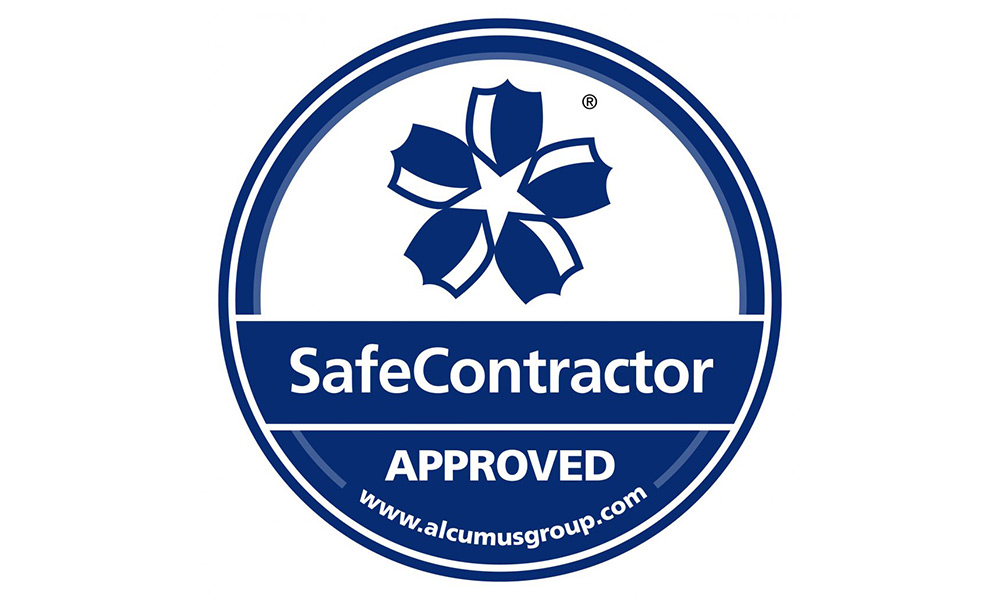As companies look to focus on last mile logistics and more agile storage and manufacturing spaces, the demand for ultra-urban warehouse refurbishment is on the rise. Our Head of Contracts and Commercial Managers Robert Brazier discusses the importance of working to high industry standards while dealing with challenging urban spaces – and offers his insight on where this trend could go.
The surge in ultra-urban warehouse refurbishment has been driven by several factors. The increasing focus on last-mile delivery to drive and enhance customer service has led to a need for more centrally located storage and distribution facilities for many food, beverage and retail businesses. Additionally, the scarcity of available land in traditional urban areas has made repurposing existing buildings a more attractive option for new or growing businesses, across a range of sectors from artisanal bakeries to entertainment venues.
Having delivered refurbishment projects within the warehouses and logistics space for more than two decades, we have been able to apply our understanding and knowledge to support these new ultra-urban projects – to a degree. There are, of course, major differences and significant challenges to address with working in such different environments, with turnarounds on some projects in as little as eight weeks. However, this trend is only growing and the possibilities are expanding, so it is certainly an exciting time for our industry.
Challenges and considerations
One of the most obvious challenges that comes with ultra-urban warehouses, is the space constraints. Working in centralised, inner-city locations presents several logistical challenges, such as limited access for deliveries and vehicles, as well as potential noise and disruption to nearby residents. Often there is very little external space, so while the work is being carried out internally, there is not always room to house vehicles and large machinery without it impacting the operations team. This is why contractors must balance welfare regulations and ensure best practice is followed, even when working in unusual environments such as railway arches. In some cases, we have had to limit the number of staff who can work at one time, and staggered certain elements of the project to ensure maximum safety and comfort, so it is important to factor this into the timescale and budget.
We also must be mindful of these spaces’ heritage aspect. Many ultra-urban warehouses are listed buildings, requiring careful consideration of heritage preservation during refurbishment. Pexhurst has been involved in repurposing railway arches into ultra-urban storage spaces for The Arch Company, for example. These flexible, small-footprint spaces are ideal for businesses seeking central locations and agile workspace solutions. However, as well as wanting to respect and protect these unique environments, there are also elements to consider such as making them watertight when traditionally water would have run down from the train lines and were directed into the tunnels. Much of the work is about renovation and repurposing, to make these spaces suitable for new owners.
In addition, incorporating sustainable features into ultra-urban warehouse projects is increasingly important, both for environmental reasons and to attract tenants – by the very nature of refurbishment work, there is the added benefit that we are making use of existing buildings, rather than building new. While many ultra-urban warehouses do need to be upgraded for efficiency, it is also about balancing what is needed with cost, so value engineering is important here – looking at light fittings and air conditioning, for example. At Pexhurst, we are proud to have completed on numerous successful BREEAM projects, and have committed to our goals by appointing an in-house sustainability coordinator and sustainability consultancy partner to support us on our journey to net zero.
Thinking ahead
When thinking about the possibilities and scope for ultra-urban warehouses, we are already seeing a huge shift in what businesses are seeking and how these projects can be delivered. As land becomes more scarce, proven by the mayor of London’s office estimating that at least 64m sq ft of industrial space has been lost in the capital in two decades, vertical warehousing solutions are likely to become more common. Essentially looking at even more ways to be innovative and flexible with the locations we have available. This could even be subterranean, with examples like the Victorian toilets in London. The possibilities are endless.
And with advances in technology, such as automation and robotics, this will continue to shape the future of ultra-urban warehousing. Refurbishment projects must be designed to accommodate these technologies.
The positive impact of ultra-urban warehouses is the longevity, and part of our work is ensuring that they can be repurposed into mixed-use developments and adapt to different needs, combining commercial, residential, and retail spaces.
Final thoughts
The ultra-urban warehouse trend offers a valuable opportunity to revitalise city centres while also providing businesses with flexible, centrally located workspace solutions. But for this to be successful, there must be an understanding of the importance of quality balanced with good working experience. As the trend continues to grow, it will be positive to see more sites brought back into use and provide businesses with opportunities. While the challenges cannot be underestimated, there is great potential for ultra-urban warehouses to be rolled out across the country and support the drive for sustainable development.
To find out more about our approach to ultra-urban refurbishments, explore our case studies.
Follow us on LinkedIn – https://www.linkedin.com/company/pexhurst-services-limited/










